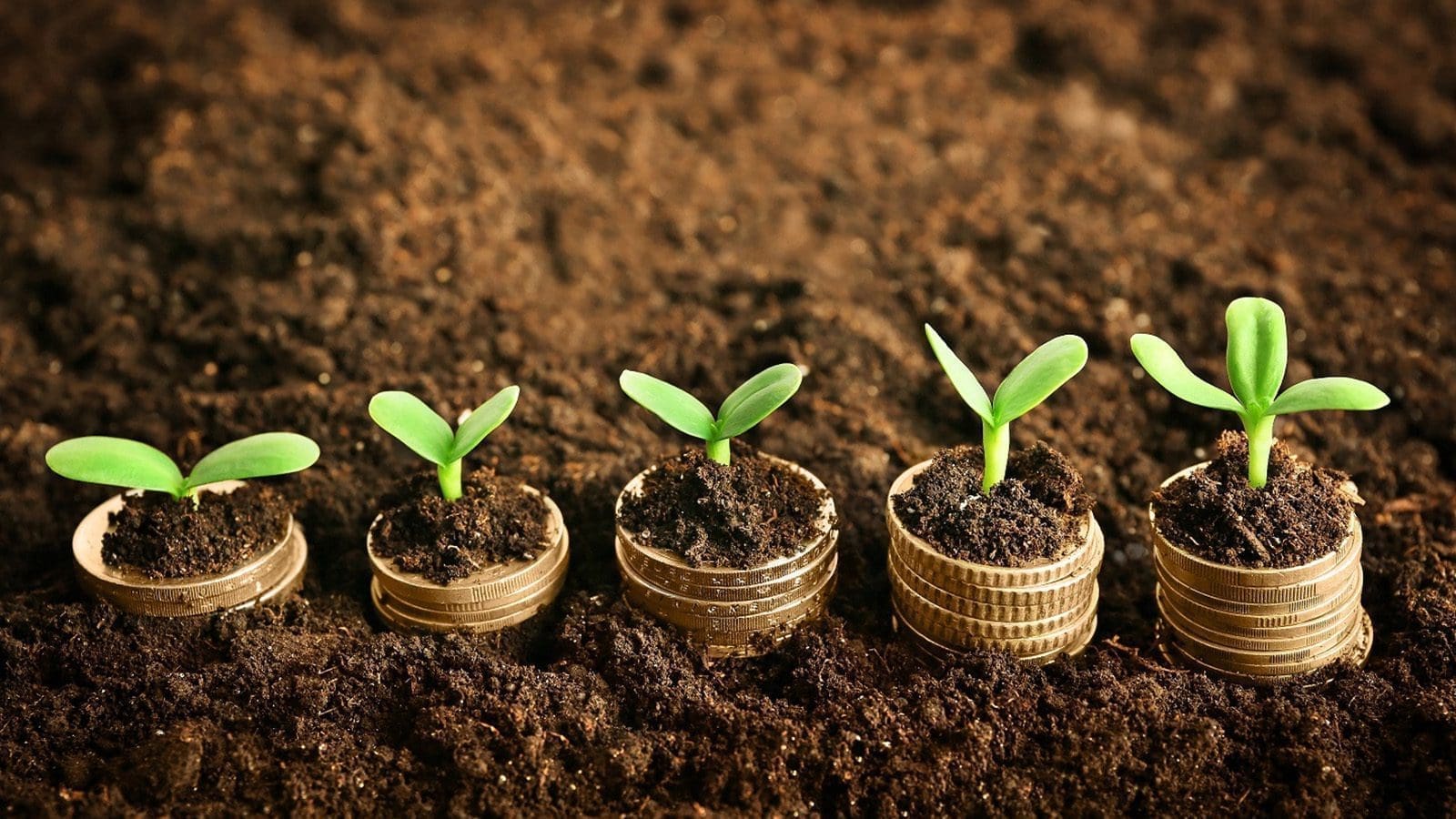KENYA – The government of Kenya has allocated Ksh.63.9 billion (US$554m) to enhance productivity and agriculture contribution to labour participation in the financial year 2022/23, however it is 16% lower compared to prior years Ksh 75.7 billion (US$656m).
The proposed allocations, according to a report by PWC is intended to spur rural and value chain inclusion projects; Climate smart agriculture projects; Blue economy; Commercialization of livestock farming; and Legitimacy of land ownership.
The agricultural sector remains the cornerstone of the Kenyan economy with a significant contribution to GDP and employment.
Agriculture contributes 26% directly to Gross Domestic Product (GDP), and up to 27% indirectly through linkages with other sectors while 40% of Kenyan citizens are gainfully employed in this sector.
This makes the industry an important pillar in both the Economic Recovery Strategy (ERS) and the Big Four Agenda.
Despite its economic significance, the sector is yet to realize its full potential due to low mechanization and productivity, limited market access, lack of value addition, inadequate agricultural inputs, uneconomical sub-division of land and change in land use, adverse effects of climate change, and post-harvest losses among others.
National Treasury Cabinet Secretary (CS) Ukur Yatani yesterday while reading the 2022/23 budget statement in Parliament highlighted that more than 3.1 million people in 23 counties are facing starvation and collapsed livelihoods with the government promising to tame the situation through various programmes.
Priority agricultural programmes under the budget
“The skyrocketing fertiliser has hit farmers hard and thus reduced their purchasing power. To cushion them, I have factored in 2022/23 budget of Ksh2.7 billion (US$23m). The money will be used during the short rains season of October-December 2022,” said Mr. Yatani.
The new allocation is over and above Ksh3 billion released last recently to mitigate the same which for the last one year has increased by more than 100 per cent.
He further reviled that Ksh 4.2 billion (US$36m) will be allocated to fund the National Agricultural and Rural Inclusivity project, with Small Scale Irrigation and Value Addition Project to get Ksh1.5 billion (US$13m) and the Kenya Cereal Enhancement Programme to bag Ksh1.7 billion (US$14.7m).
With transboundary plant pests and diseases continuing to affect the production of food crops in Africa, the government has allocated Ksh 1.9 billion (US$16.4m) towards Emergency Locusts Response.
Other projects targeted to benefit from the budgetary allocations are National Value Chain Support Project (Ksh1.6 billion (US$13.8m)), Food Security and Crop Diversification Project (Ksh690 million (US$5.9m)), Kenya Climate Smart Agriculture Project, (Ksh7billion (US$60m)) and Agricultural Sector Development Support Programme II (Ksh1.1 billion (US$9.5m)).
Yatani added that Aquaculture Business Development Project will benefit with Ksh2.6 billion (US$22.5m), Kenya Marine Fisheries and Socio-Economic Development Project (Ksh2.8 billion (US$24.2m)), Exploitation of Living Resources under the Blue Economy (Ksh1.3 billion (US$11.2m)), Kenya Livestock Commercialisation programme (Ksh1.65 billion (US$14.3m)) and Irrigation and Land Reclamation (Ksh8.5 billion (US$73.7m)).
The CS confirmed that Ksh9.8 billion (US$85m) will be committed to enhancing water harvesting, for example, continued construction of major water reservoirs like the Thiba dam and rehabilitating water pans.
Other gainers and losers in the proposed budget
Meanwhile in the manufacturing sector, alcoholic beverages still featured in the sin tax bandwagon with the government proposing to introduce Excise Duty at the rate of 15% on advertisement of alcoholic beverages to discourage consumption of the products.
On the flip-side, imported hatchery eggs were exempted from the Excise Duty. The Finance Act 2021 introduced 25% Excise Duty on all imported eggs which was aimed at protecting the local egg producers.
However, this adversely affected the local hatching business since Kenya does not have the capacity to meet the local demand for eggs required for hatching.
This move is welcome since it will ensure that the hatcheries have access to sufficient eggs required for hatching and consequently, lower the cost of chicks to the farmers.
Liked this article? Subscribe to Food Business Africa News, our regular email newsletters with the latest news insights from Africa and the World’s food and agro industry. SUBSCRIBE HERE











